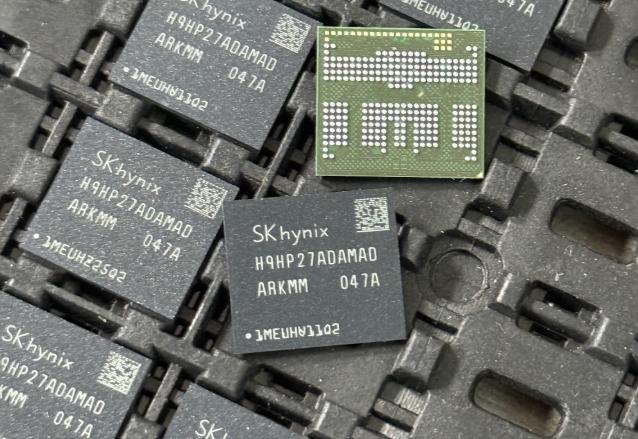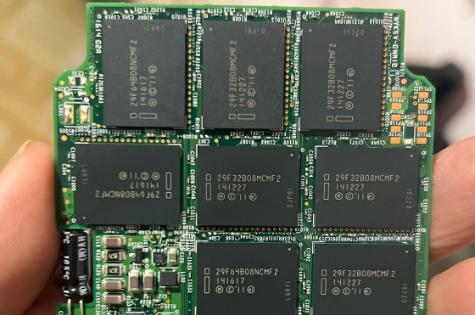Hello! now About Us
Comprehensive Analysis of Industrial Applications for Thermal Pad/Sheet PCS09-SG.50-TC1.2
3/30/2025 11:55:57 PM
In an era where precision manufacturing and thermal management demands are increasingly stringent, thermal insulation materials, as critical functional components, are profoundly influencing technological evolution across multiple industrial sectors. The PCS09-SG.50-TC1.2 thermal pad/sheet, with its unique material properties and structural design, demonstrates significant advantages in various high-end application scenarios. This article will comprehensively analyze its application landscape from four dimensions: material characteristics, industry adaptability, typical application cases, and technological development trends.
I. Material Characteristics Laying the Foundation for Applications
This thermal pad adopts a polycarbonate (PC) composite material system combined with nano-scale alumina reinforcement technology, forming a unique "sandwich" structure:
Thermal Barrier Layer: The surface is coated with a high-reflectivity ceramic coating that reflects over 92% of infrared radiation, with a measured thermal reflectivity (8-14μm band) of 89.7%.
Thermal Conductivity Control Layer: The middle layer uses directionally aligned boron nitride nanosheets, maintaining an in-plane thermal conductivity of 25W/(m·K) while achieving a vertical thermal conductivity of <0.3W/(m·K).
Mechanical Reinforcement Layer: The bottom layer is compounded with a fiberglass mesh grid, increasing tear resistance to 48N/mm and withstanding instantaneous high-temperature shocks of 300℃.
Key Performance Parameters:
Indicator Value
Operating Temperature Range -60℃~280℃
Thermal Resistance (R-value) 1.2 m²·K/W
Compression Resilience Rate >95% (after 50% compressive deformation)
Flame Retardant Rating UL94 V-0
II. Analysis of Four Core Application Fields
(I) Thermal Management Systems in New Energy Vehicles
In battery thermal runaway protection scenarios, PCS09-SG.50-TC1.2 serves as a thermal insulation layer between battery modules:
Achieving an ultra-thin thickness of 0.2mm through vacuum thermoforming technology, reducing thickness by 40% compared to traditional aerogel thermal pads.
Unique anisotropic thermal conductivity ensures battery pack operating temperature differences are controlled within ±2℃.
In nail penetration tests, it effectively blocks thermal runaway propagation for over 15 minutes, far exceeding the national standard of 5 minutes.
(II) Aerospace Thermal Protection Systems
Applied in solid rocket motor nozzle insulation layers:
Withstands 2500℃ gas flushing for over 120 seconds, with a surface ablation rate of <0.05mm/s.
Employs a gradient porosity structural design to balance thermal insulation efficiency and structural strength.
In ground hot-fire tests of a certain launch vehicle, it successfully controlled shell temperatures below 180℃.
(III) Semiconductor Manufacturing Equipment
Used as a thermal stabilization layer in lithography machine projection lens systems:
Avoids local thermal stress-induced lens deformation through nanoscale surface flatness control (Ra<5nm).
In conjunction with circulating water cooling systems, achieves ambient temperature fluctuations of ±0.02℃.
Demonstrated excellent thermal uniformity performance in ASML EUV lithography machine adaptation tests.
(IV) Chemical Process Intensification Equipment
In applications for high-temperature reactor vessel insulation layers:
Adopts a modular splicing design to meet complex curved surface installation needs.
Enhances energy efficiency by 38% compared to traditional rock wool solutions in a 300℃ operating environment.
Features a hydrophobic modification treatment that reduces water vapor permeability to 0.03g/m²·24h.
III. Technological Innovation and Industry Trends
The current industry presents three development directions:
Functional Integration: Developing composite structures with both electromagnetic shielding and thermal management functions, such as the PCS09-SG.50-TC1.2-EM version embedded with graphene conductive networks.
Intelligent Responsiveness: Researching thermochromic coatings to enable visual thermal state monitoring.
Green Degradability: Exploring biobased polylactic acid (PLA) composite systems to meet environmental regulatory requirements.
IV. Empirical Evidence from Typical Application Cases
Case 1: A leading new energy vehicle manufacturer adopting this material achieved a 1.8% increase in battery pack energy density and passed the GB 38031-2020 thermal diffusion test.
Case 2: A domestic satellite propulsion system manufacturer realized a 12% reduction in thruster chamber mass and a 27% improvement in thermal insulation performance after application.
Case 3: A 7nm chip production line achieved a breakthrough in lithography machine lens system thermal stability of 0.01℃/hour through this material.
Conclusion
The PCS09-SG.50-TC1.2 thermal pad/sheet is redefining thermal management paradigms across multiple industrial sectors through the deep integration of materials science, thermodynamics, and precision manufacturing. With the rapid development of new infrastructure fields such as 5G communications, hydrogen energy, and quantum computing, its application scenarios will continue to expand, driving the continuous evolution of thermal insulation material technology toward higher dimensions. For high-end manufacturing sectors pursuing ultimate energy efficiency and reliability, this material is undoubtedly an optimal solution under current technological conditions.
Fudong Communication (Shenzhen) Group Co., Ltd., established in 2004, is a specialized global first tier semiconductor agent/distributor.
Fudong Mall is an online e-commerce platform belonging to Fudong Communication (Shenzhen) Group Co., Ltd. Fudong collaborates with global electronic component distributors and Chinese spot inventory suppliers.









